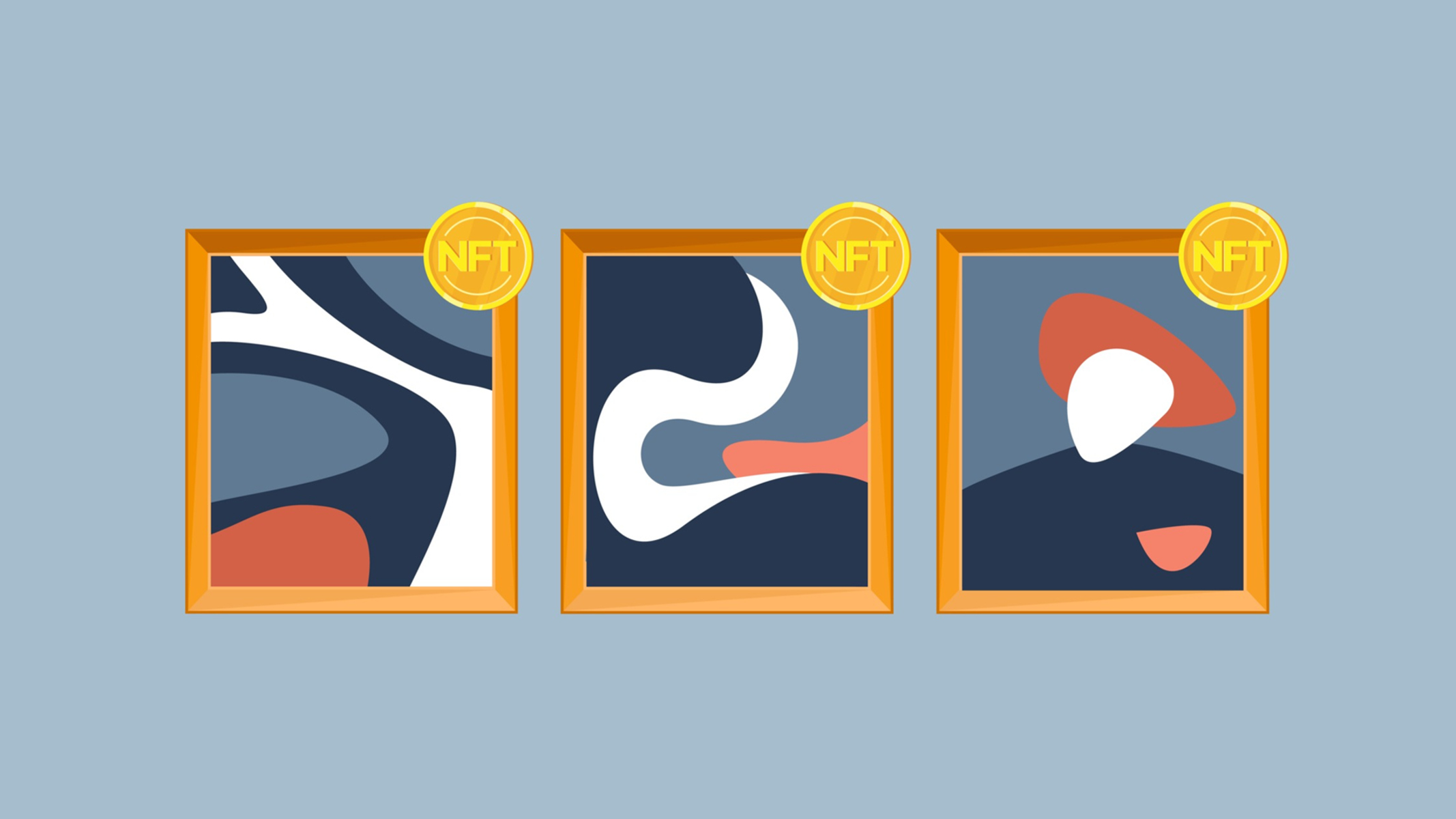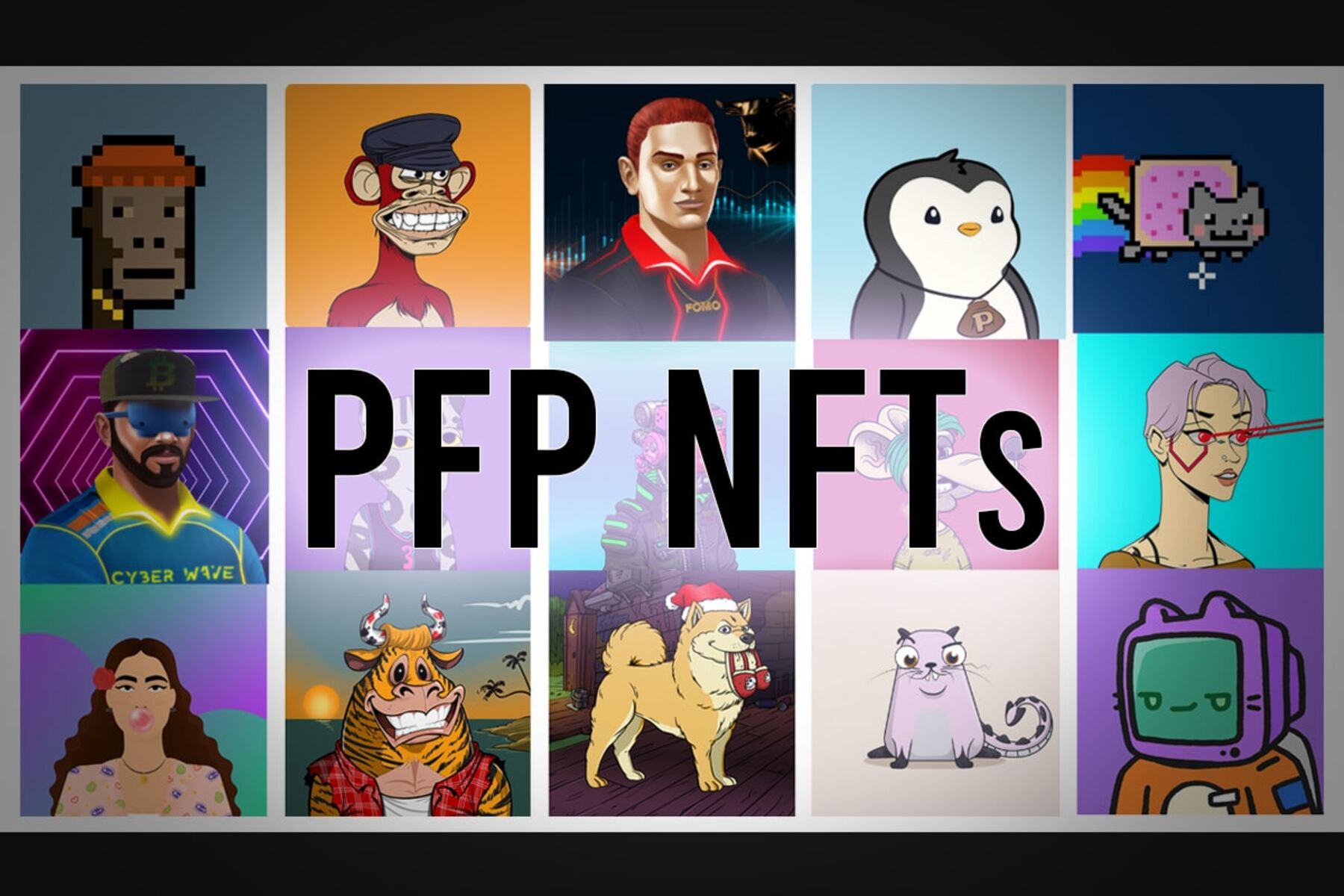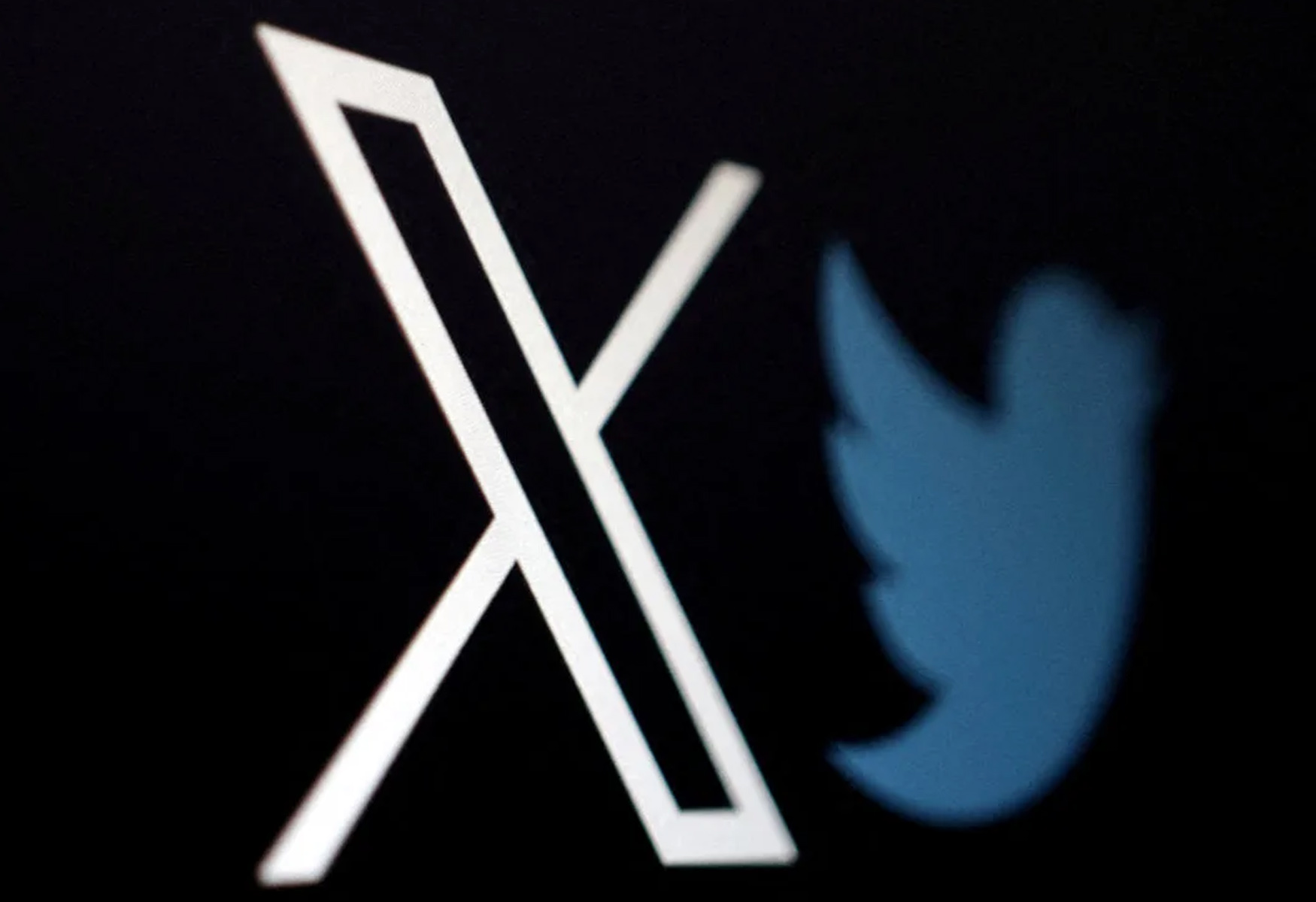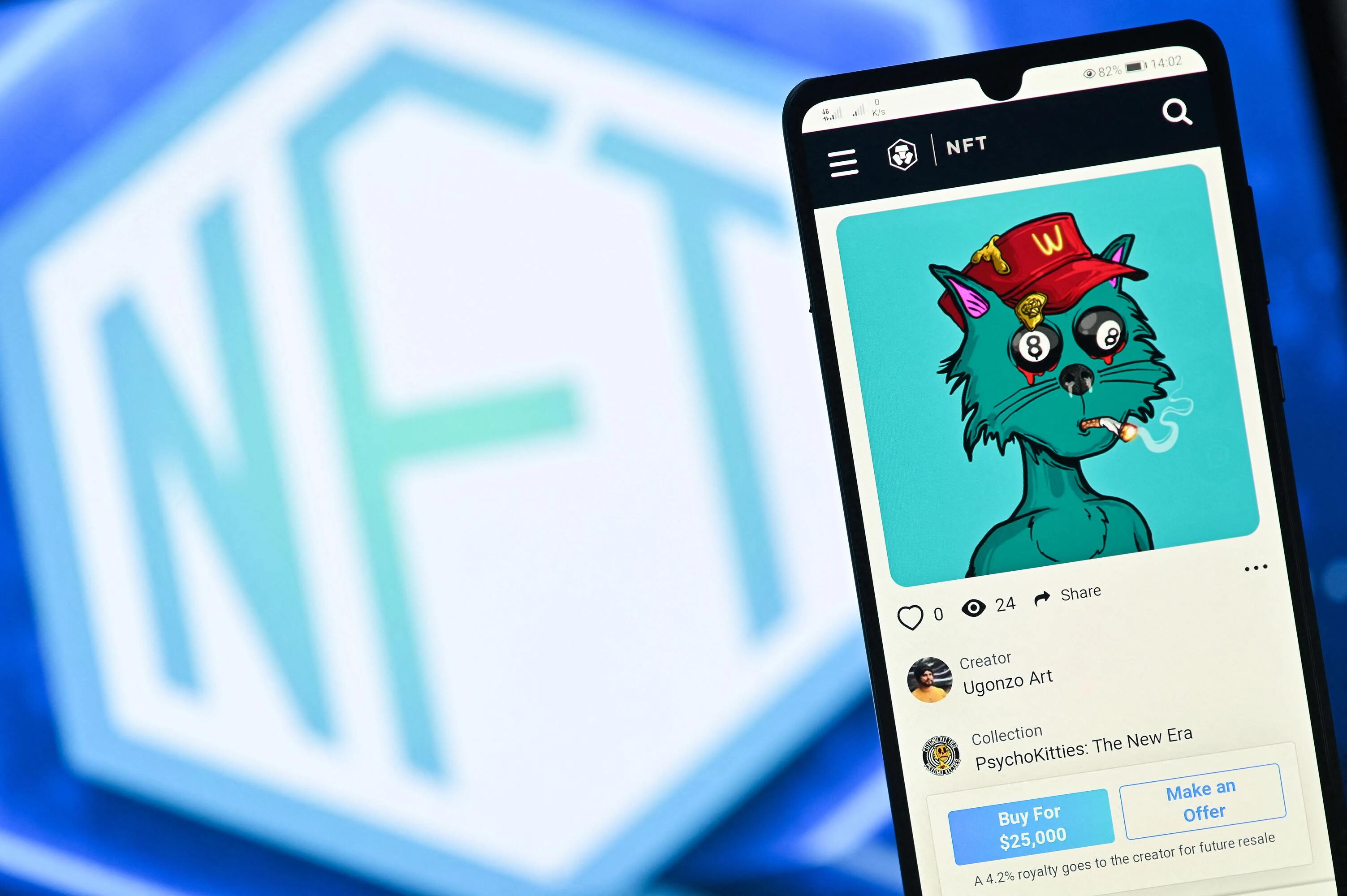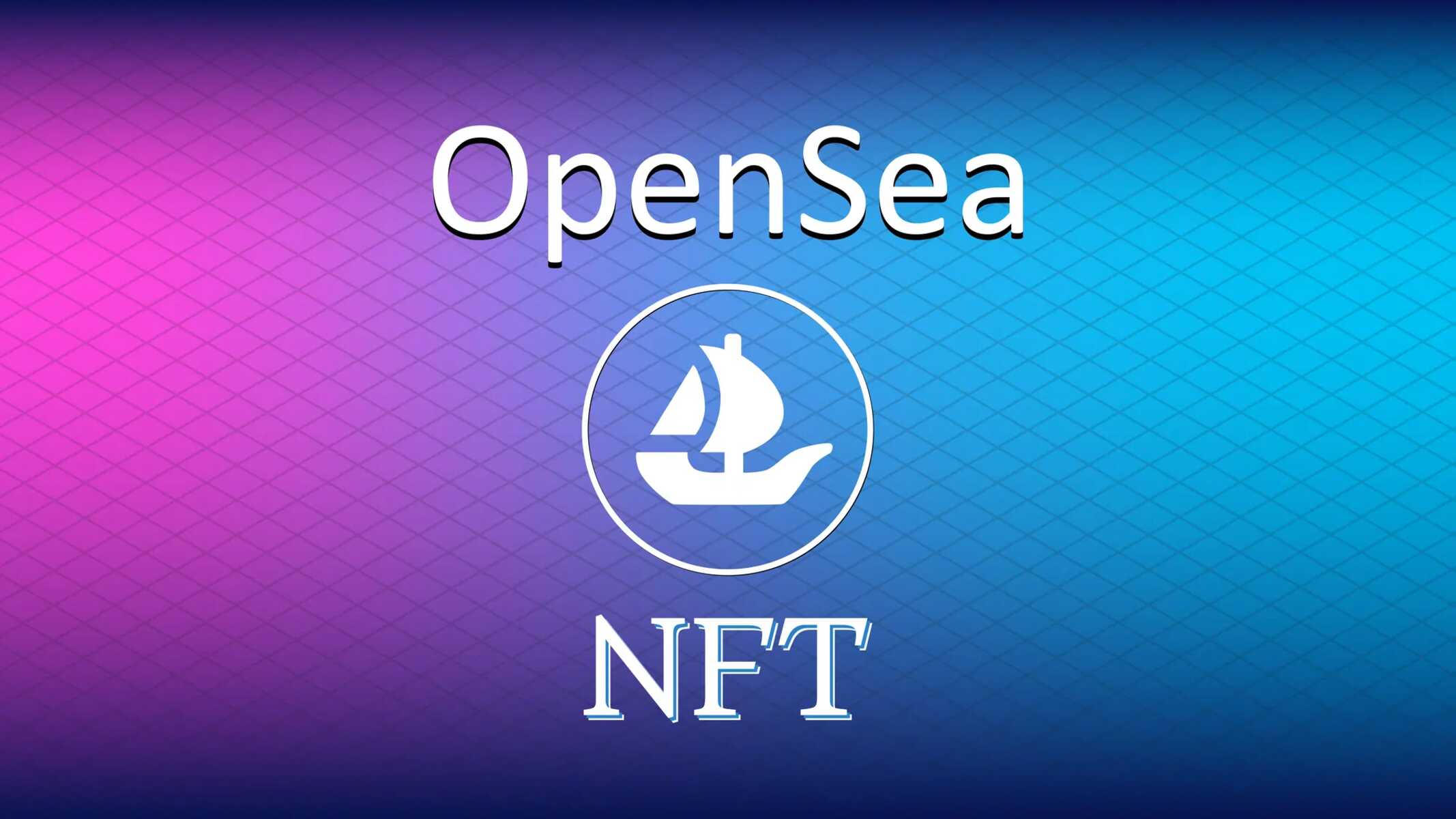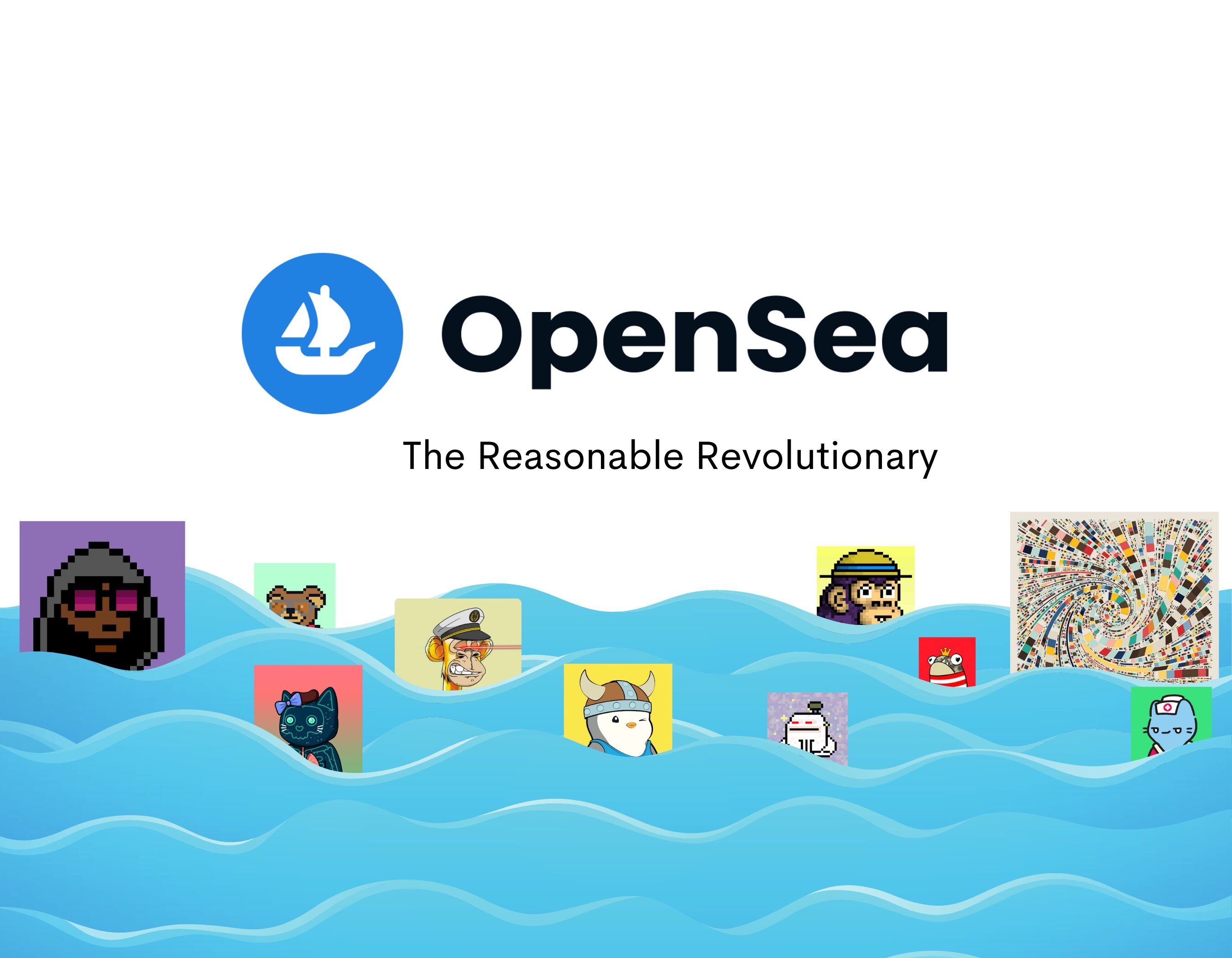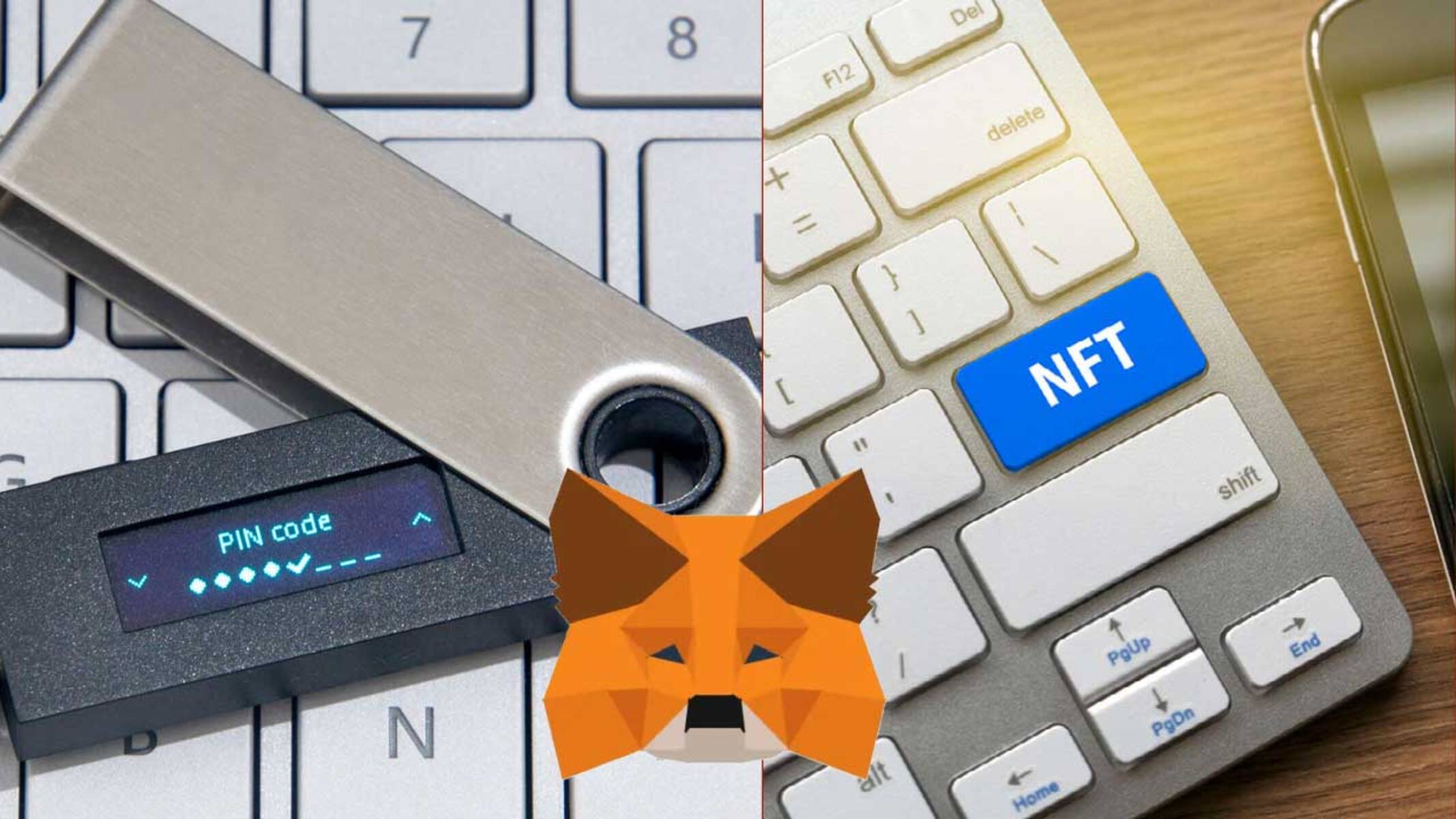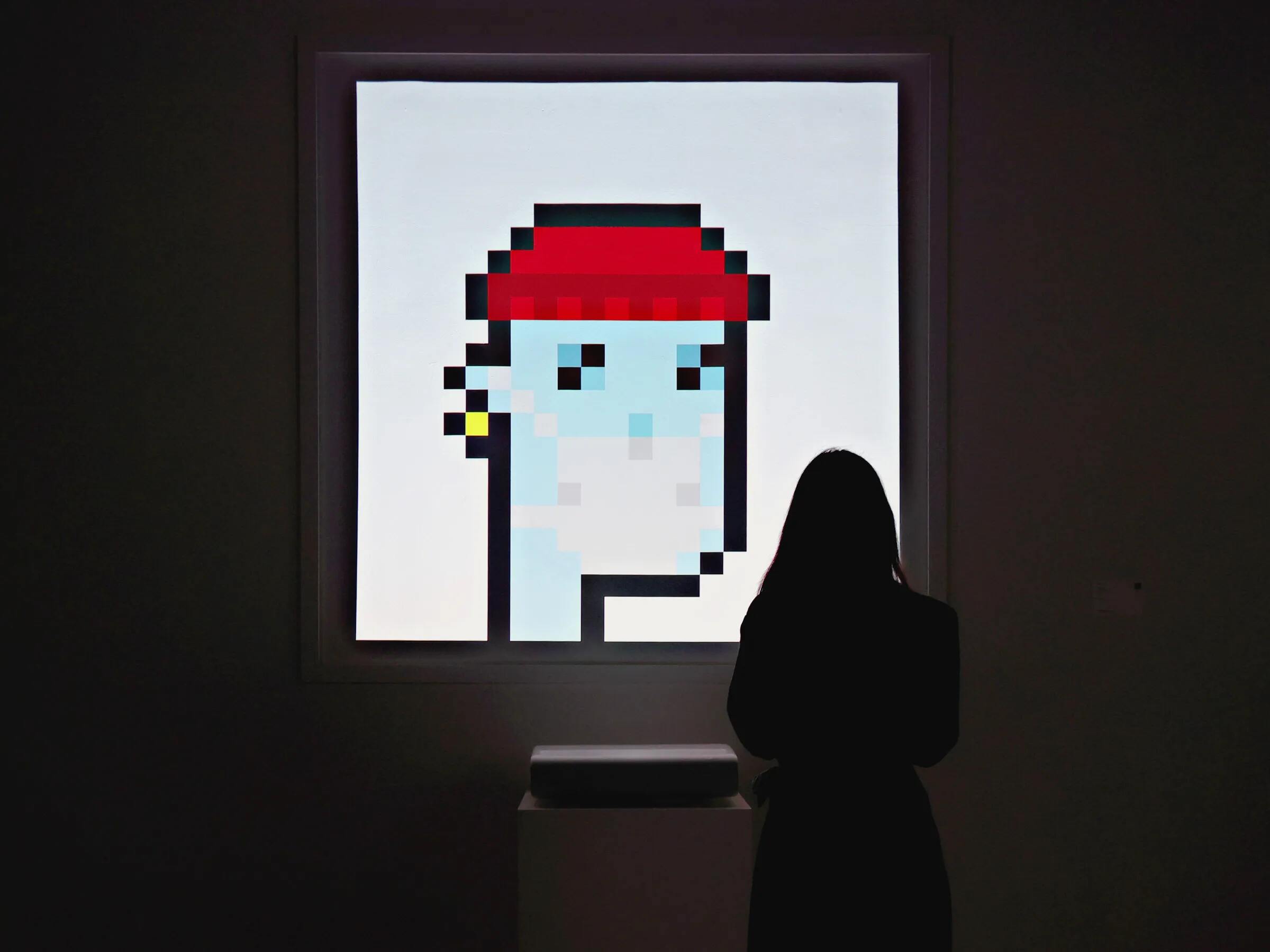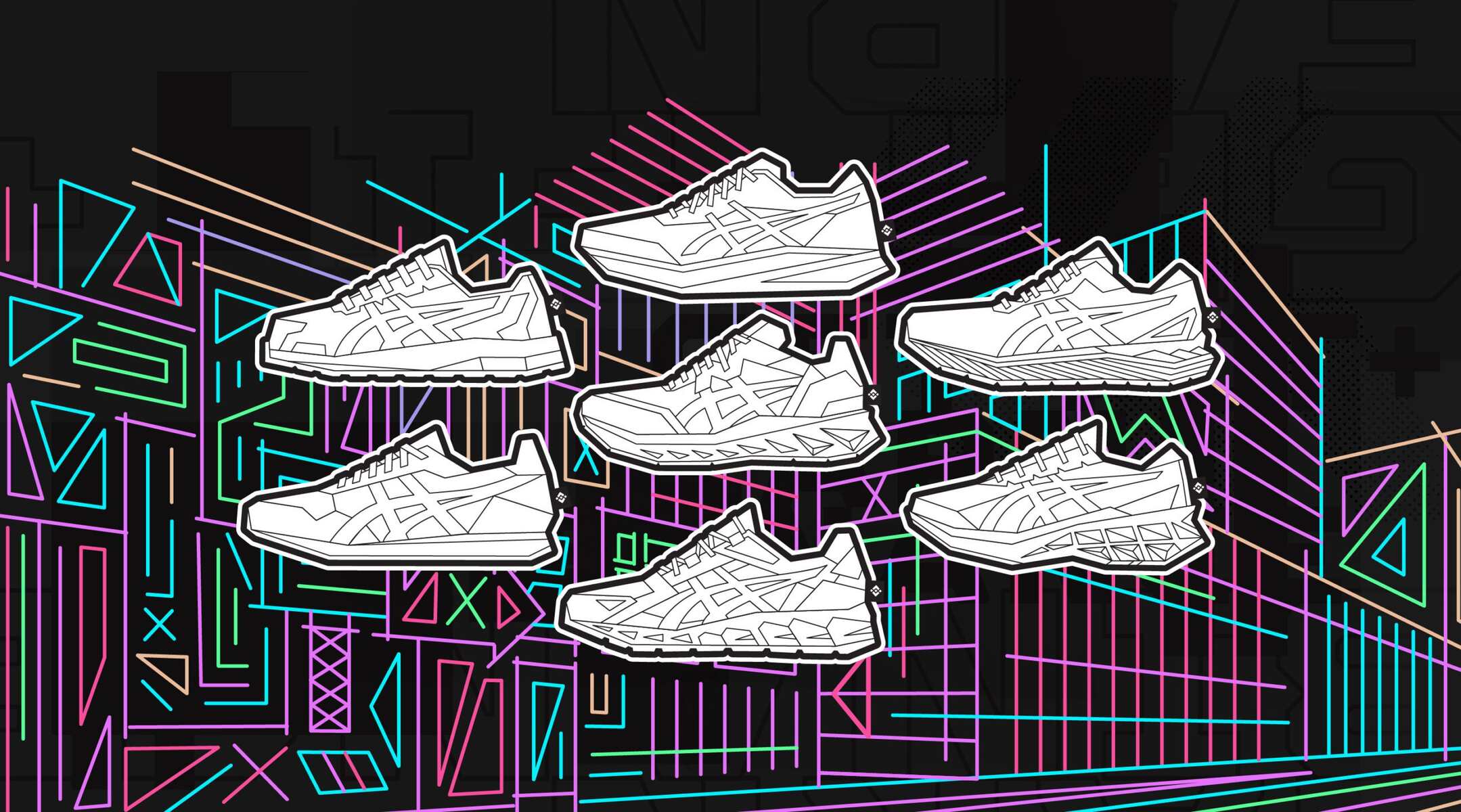Introduction
Welcome to the world of NFT pictures, where art and technology intersect to revolutionize the way we buy, sell, and appreciate digital artwork. Non-Fungible Tokens (NFTs) have emerged as one of the hottest trends in the art world, providing a unique opportunity for artists, collectors, and investors to participate in a new form of digital ownership.
NFTs utilize blockchain technology to create a digital certificate of authenticity and ownership for a specific piece of artwork. This groundbreaking concept has introduced a novel way to authenticate and sell digital art, allowing creators to monetize their work in a previously unprecedented manner.
In this article, we will dive into the world of NFT pictures, exploring what they are, how they work, the benefits and challenges they entail, and how to create and sell them. Whether you are an artist looking to explore new horizons or an art enthusiast eager to understand this emerging trend, this article will serve as your guide in navigating the realm of NFT pictures.
So, if you’re ready to embark on this fascinating journey, let’s explore the world of NFT pictures and unlock the potential it holds!
What is an NFT?
An NFT, or Non-Fungible Token, is a type of digital asset that represents ownership or proof of authenticity of a unique item or piece of content, such as artwork, music, videos, or collectibles. Unlike cryptocurrencies like Bitcoin or Ethereum, which are fungible and can be exchanged on a one-to-one basis, each NFT is distinct and cannot be exchanged on a like-for-like basis.
The uniqueness of NFTs is made possible through blockchain technology, specifically the Ethereum blockchain, which provides a transparent and decentralized ledger to record and verify ownership of these digital assets. Each NFT contains a unique identifier that distinguishes it from any other token, ensuring its scarcity and uniqueness.
One key feature of NFTs is that they enable artists and creators to monetize their digital creations in an entirely new way. By tokenizing their artwork or content, artists can sell and transfer ownership of these digital assets directly to collectors, without the need for intermediaries such as galleries or auction houses.
Furthermore, the blockchain technology behind NFTs ensures the proper attribution and provenance of the artwork. Every transaction involving an NFT is recorded on the blockchain, creating an immutable and transparent record of ownership history. This not only protects the artists’ rights but also assures collectors of the authenticity and rarity of the digital asset they own.
It’s important to note that while NFTs have gained significant popularity in the art world, they can be applied to various types of digital content. From virtual real estate to virtual goods in video games, NFTs have the potential to revolutionize multiple industries by introducing new forms of ownership and value exchange.
In summary, an NFT is a unique digital asset that represents ownership or proof of authenticity of a specific item or piece of content. It leverages blockchain technology to ensure transparency, provenance, and scarcity, paving the way for new possibilities in the world of digital ownership.
What are NFT Pictures?
NFT Pictures are a subset of NFTs that specifically refers to digital artwork or images that have been tokenized and sold as non-fungible tokens. These digital pictures can include a wide range of artwork styles, such as illustrations, paintings, photography, digital collages, and more.
What sets NFT Pictures apart from traditional digital images is the use of blockchain technology to establish provenance, ownership, and scarcity. Each NFT Picture is embedded with a unique digital signature, known as a token, which verifies its authenticity and tracks its ownership on the blockchain.
When an artist creates an NFT Picture, they typically mint a limited number of tokens representing the ownership rights to that specific piece of artwork. This limited supply adds a sense of exclusivity and rarity to the NFT Picture, making it potentially more desirable to collectors and investors.
NFT Pictures can vary greatly in terms of their visual style, subject matter, and artistic expression. Artists have the freedom to explore a wide range of mediums and techniques in the creation of their digital artwork, resulting in a diverse and vibrant ecosystem of NFT Pictures.
It’s important to note that NFT Pictures can be both static and dynamic in nature. Static NFT Pictures are digital images that remain unchanged over time, while dynamic NFT Pictures can include animations or interactive elements, adding a new level of engagement and interactivity to the digital artwork.
The ownership of an NFT Picture grants the holder certain rights and privileges, such as the ability to display the artwork in virtual galleries or showcase it in their digital collections. Collectors of NFT Pictures can also sell or trade the tokens representing their ownership, allowing for a dynamic secondary market for these digital assets.
Overall, NFT Pictures represent a digital revolution in the world of art, providing artists with new avenues for creativity, collectors with unique ownership experiences, and investors with potential opportunities for growth and value appreciation.
How do NFT Pictures work?
NFT Pictures leverage blockchain technology to establish and maintain a secure and transparent system of ownership and provenance for digital artwork. Here’s a breakdown of how NFT Pictures work:
1. Creation: Artists create digital artwork using software tools and platforms of their choice. This could involve various techniques such as illustration, 3D modeling, or digital painting.
2. Tokenization: Once the artwork is created, artists then mint the artwork as an NFT on a blockchain platform, typically the Ethereum blockchain. This process involves creating a unique token that represents the digital artwork and its ownership rights.
3. Smart Contracts: The minting of an NFT Picture involves the use of smart contracts, which are self-executing contracts with the terms of the agreement directly written into the code on the blockchain. Smart contracts handle the ownership, transfer, and sale of NFTs, ensuring that the transactions are executed securely and transparently.
4. Proof of Authenticity: The digital artwork embedded in the NFT Picture is often accompanied by metadata, including the artist’s name, description, and sometimes additional information about the artwork. This metadata serves as a proof of authenticity and provides collectors with insights into the artwork’s creation and background.
5. Ownership and Transfer: Once an NFT Picture is created and minted on the blockchain, it can be bought, sold, and owned by collectors. The ownership of an NFT Picture is recorded on the blockchain, establishing a transparent record of ownership history and preventing any fraudulent duplication or tampering.
6. Secondary Market: NFT Pictures can be resold or traded on various NFT marketplaces or through peer-to-peer transactions. The original artist may also receive a percentage of any subsequent sales, known as royalties, through the smart contract, ensuring ongoing support for the artist even after the initial sale of the NFT Picture.
7. Display and Showcasing: NFT Pictures can be displayed and showcased in virtual galleries, digital frames, or even integrated into virtual reality environments. Collectors can demonstrate their ownership of NFT Pictures in these digital spaces or share them on social media platforms.
By leveraging blockchain technology and smart contracts, NFT Pictures provide a secure and verifiable way for artists to tokenize and sell their digital artwork, and for collectors to own and showcase these unique pieces of digital art.
Benefits of NFT Pictures
NFT Pictures offer several compelling benefits to artists, collectors, and the broader art ecosystem. Here are some of the key advantages:
1. Increased Revenue Opportunities: NFT Pictures provide artists with new revenue streams by allowing them to sell their digital artwork directly to collectors without the need for intermediaries. Artists can set their own prices and receive a percentage of secondary market sales through built-in royalties, potentially increasing their income and exposure.
2. Authenticity and Provenance: The blockchain technology behind NFT Pictures ensures the authenticity and provenance of digital artwork. Every transaction related to an NFT Picture is recorded on the blockchain, providing a transparent and immutable record of its ownership history. This establishes trust for both artists and collectors and can help combat issues of copyright infringement and art forgery.
3. Exposure and Visibility: NFT Pictures allow artists to showcase their work to a global audience. The digital nature of NFTs enables easy sharing on social media platforms, connecting artists with potential collectors from around the world. This increased exposure can boost an artist’s reputation and career opportunities.
4. Fractional Ownership and Collectibles: NFT Pictures enable fractional ownership, allowing collectors to purchase a percentage of an artwork rather than the entire piece. This opens up collecting possibilities for a wider range of individuals who may not have the financial means to acquire a whole artwork. Additionally, NFT Pictures can be part of a larger collectibles ecosystem, where collectors can curate and display their digital art collections in virtual spaces.
5. Immersive and Interactive Experiences: NFT Pictures have the potential to offer dynamic and interactive experiences beyond traditional static art. Artists can incorporate animations, sound, and even gamification elements into their NFT Pictures, creating immersive experiences for collectors that are not possible with physical artwork.
6. Direct Engagement with Supporters: NFT Pictures allow artists to engage with their audience and collectors directly. Artists can build relationships, offer exclusive perks or access to events, and provide ongoing updates to their supporters. This direct connection fosters a sense of community and loyalty, enhancing the overall artist-fan relationship.
7. Preservation of Digital Art: NFT Pictures can play a crucial role in preserving digital art. The blockchain technology ensures that the artwork’s ownership and metadata remain intact over time, even as files may be duplicated or redistributed. This preservation aspect is especially important for the longevity of digital artwork in a rapidly evolving technological landscape.
Overall, the benefits of NFT Pictures extend to artists, collectors, and the entire art ecosystem by providing new revenue opportunities, ensuring authenticity, expanding exposure, enabling interactive experiences, fostering community engagement, and preserving digital art for future generations.
Challenges and Risks of NFT Pictures
While NFT Pictures offer unique opportunities, it is important to acknowledge the challenges and risks associated with this emerging technology. Here are some of the key challenges and risks:
1. Environmental Impact: The high energy consumption of the blockchain networks used in minting and trading NFT Pictures has raised concerns about the environmental impact of NFTs. Critics argue that the carbon footprint of blockchain networks, particularly those based on Proof-of-Work consensus algorithms, can be significant and potentially detrimental to the planet.
2. Market Volatility: The NFT market can be highly volatile, with prices of NFT Pictures experiencing sharp fluctuations. The speculative nature of the market and the influence of trends can lead to dramatic shifts in the value of NFTs, posing risks and potential financial losses for collectors and investors.
3. Copyright and Intellectual Property Issues: The sale and ownership of NFT Pictures have raised questions regarding copyright and intellectual property rights. Artists and collectors need to ensure that they have the proper rights to monetize and transfer ownership of the digital artwork to prevent legal complications and disputes in the future.
4. Lack of Regulation and Standards: The current NFT market operates with relatively little regulation and standardization. This can make it challenging for artists and collectors to navigate the landscape, as there is no universally agreed-upon framework for transactions, pricing, or intellectual property rights. As a result, scams, fraud, and plagiarism can occur, posing risks to both artists and collectors.
5. Sustainability and Long-Term Value: While NFT Pictures can provide initial financial gains for artists, the long-term sustainability and value of NFTs remain uncertain. As the market evolves, the demand for specific types of NFTs may fluctuate, potentially impacting an artist’s ability to continue generating revenue from their works over time.
6. Digital Art Reproduction: Despite the uniqueness and authenticity of NFT Pictures, the digital nature of the artwork makes it susceptible to being copied, shared, or reproduced without permission. Although the blockchain verifies ownership of the original NFT, it does not prevent unauthorized distribution or duplication of the digital artwork file.
7. Accessibility and Inclusivity: The high costs associated with purchasing and trading NFT Pictures may limit accessibility and inclusivity within the art market. The barrier to entry for both artists and collectors, including the transaction fees and gas fees on the blockchain, can exclude individuals with fewer resources from participating in this new art ecosystem.
As the NFT industry continues to grow and evolve, addressing these challenges and mitigating associated risks will be crucial in ensuring the sustainability and fairness of the market for both artists and collectors.
How to Create and Sell NFT Pictures
Creating and selling NFT Pictures involves a series of steps to tokenize your artwork and make it available for purchase on various NFT marketplaces. Here is a general guide on how to create and sell NFT Pictures:
1. Create Your Digital Artwork: Begin by creating your digital artwork using software tools of your choice. This can include digital painting, illustrations, photography, or any other form of digital art that can be saved as image files.
2. Choose a Blockchain Platform: Select a blockchain platform that supports the creation and sale of NFTs. The most popular platform for NFTs is Ethereum, but there are other platforms like Binance Smart Chain, Flow, and others that you can consider based on your needs and preferences.
3. Set Up a Digital Wallet: To interact with the blockchain and create NFTs, you’ll need to set up a digital wallet that is compatible with the chosen blockchain platform. This wallet will allow you to store and manage your NFTs.
4. Mint Your NFT: Use an NFT marketplace or platform to mint your NFT Picture. This involves uploading your digital artwork, adding relevant metadata (such as title, description, and edition), and choosing the number of editions or whether the artwork is unique.
5. Pay Minting Fees: Minting an NFT typically incurs fees, known as gas fees, which cover the transaction costs on the blockchain. Gas fees can vary depending on the network congestion and the blockchain platform you are using. Ensure you have sufficient funds in your wallet to cover the minting fees.
6. List Your NFT Picture for Sale: Once the NFT is minted, list it for sale on NFT marketplaces. Some popular platforms include OpenSea, Rarible, SuperRare, and Foundation. Each marketplace has its own guidelines and requirements, so make sure to familiarize yourself with the platform’s rules and listing process.
7. Promote Your NFT Picture: Market and promote your NFT Picture to attract potential buyers. Leverage social media platforms, online communities, and art-focused forums to showcase your artwork and reach out to potential collectors. Engaging with your audience and building a following can help generate interest in your NFT Picture.
8. Engage with Collectors: Once your NFT Picture is listed and attracting potential buyers, engage with interested collectors. Answer their questions, provide additional information about your artwork, and possibly offer limited-time incentives or perks to generate further interest.
9. Complete the Sale: When a collector makes a purchase, the ownership of the NFT Picture is transferred to the buyer’s digital wallet. Ensure that you follow the transaction process outlined by the NFT marketplace to securely transfer the NFT and complete the sale.
Remember that the NFT market is constantly evolving, so it’s important to stay informed about new platforms, market trends, and best practices to maximize your chances of success as an NFT Picture creator and seller.
Popular Platforms for NFT Pictures
There are several popular platforms where artists can create, sell, and showcase their NFT Pictures. These platforms provide a marketplace for artists to connect with collectors and offer a range of features and benefits. Here are some of the leading platforms for NFT Pictures:
1. OpenSea: OpenSea is one of the largest and most well-known NFT marketplaces. It supports a wide range of digital assets, including NFT Pictures. Artists can create, list, and sell their NFT Pictures on OpenSea, and collectors can browse and purchase artworks from a diverse range of artists.
2. Rarible: Rarible is another prominent NFT marketplace that has gained popularity. It allows artists to mint NFT Pictures and sell them directly to collectors. Additionally, Rarible offers features like customizable royalties and social media integration, enabling artists to engage with their audience and promote their artwork.
3. SuperRare: SuperRare is an invite-only NFT marketplace that focuses on high-quality, curated digital artwork. It aims to showcase unique and exclusive NFT Pictures from established and emerging artists. The platform emphasizes scarcity, curation, and artist royalties, enabling artists to earn ongoing revenue from their sales.
4. Foundation: Foundation is a curated NFT marketplace that aims to promote original and high-quality artwork. Artists need to apply and be selected to mint and sell NFT Pictures on the platform. Foundation emphasizes showcasing artwork from diverse artists and offers features like auctions and limited editions.
5. Nifty Gateway: Nifty Gateway is an NFT marketplace owned by the Winklevoss twins. It focuses on bringing digital art and collectibles to mainstream adoption, partnering with prominent artists, and hosting limited-edition drops. Nifty Gateway offers a user-friendly interface and seamless integration with digital wallets to facilitate NFT Picture transactions.
6. KnownOrigin: KnownOrigin is a blockchain-based art platform that aims to showcase and support digital artists. It focuses on curating high-quality NFT Pictures and building a community of artists, collectors, and enthusiasts. KnownOrigin promotes the concept of limited editions and artist royalties to ensure artists are recognized and rewarded for their work.
7. Mintable: Mintable is an NFT marketplace that offers a simple and user-friendly platform for artists to create and sell NFT Pictures. It provides tools to customize NFTs, set royalties, and connect with collectors. Mintable also supports the creation of dynamic and interactive NFT Pictures with additional features.
These platforms represent just a selection of the many available options for artists to showcase and sell their NFT Pictures. Each platform has its own unique features, user base, and community, so artists should explore and evaluate which one aligns best with their artistic goals and target audience.
Conclusion
NFT Pictures have revolutionized the art world by providing artists with new avenues for monetization and collectors with unique ownership experiences. The emergence of blockchain technology has paved the way for secure and transparent transactions, ensuring the authenticity and provenance of digital artwork.
Throughout this article, we have explored the concept of NFT Pictures, delving into what they are, how they work, their benefits, challenges, and the process of creating and selling them. NFT Pictures have opened up a world of opportunities for artists to showcase their digital creations, gain exposure, and generate revenue in ways not previously possible.
Collectors have also been presented with exciting possibilities, allowing them to own exclusive digital artwork, engage with artists directly, and participate in a dynamic secondary market. NFT Pictures offer a unique form of ownership and a new way to appreciate and collect art in the digital age.
However, it is important to note that the NFT market is not without its challenges and risks. Issues such as market volatility, environmental concerns, copyright disputes, and the lack of regulation warrant caution and further consideration as the NFT ecosystem continues to evolve.
As the NFT landscape evolves, it is essential for artists, collectors, and platforms to navigate the market responsibly and ethically. This includes being mindful of the environmental impact, ensuring copyright compliance, and promoting inclusivity and accessibility within the art community.
In conclusion, NFT Pictures represent an exciting and transformative development in the art world. They provide artists with new avenues for creativity and revenue, while collectors can enjoy unique ownership experiences and engage with digital art in unprecedented ways. By understanding the opportunities and challenges presented by NFT Pictures, artists and collectors can navigate this dynamic landscape and contribute to the growth and development of this emerging art ecosystem.







